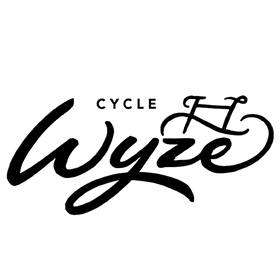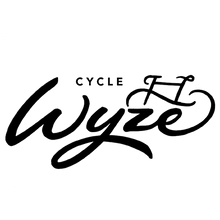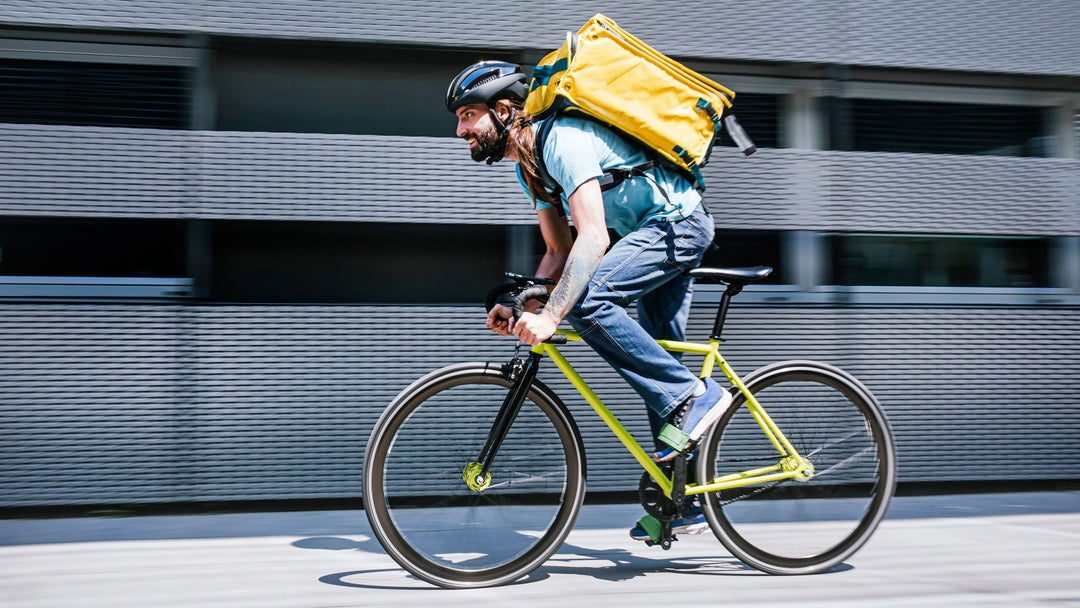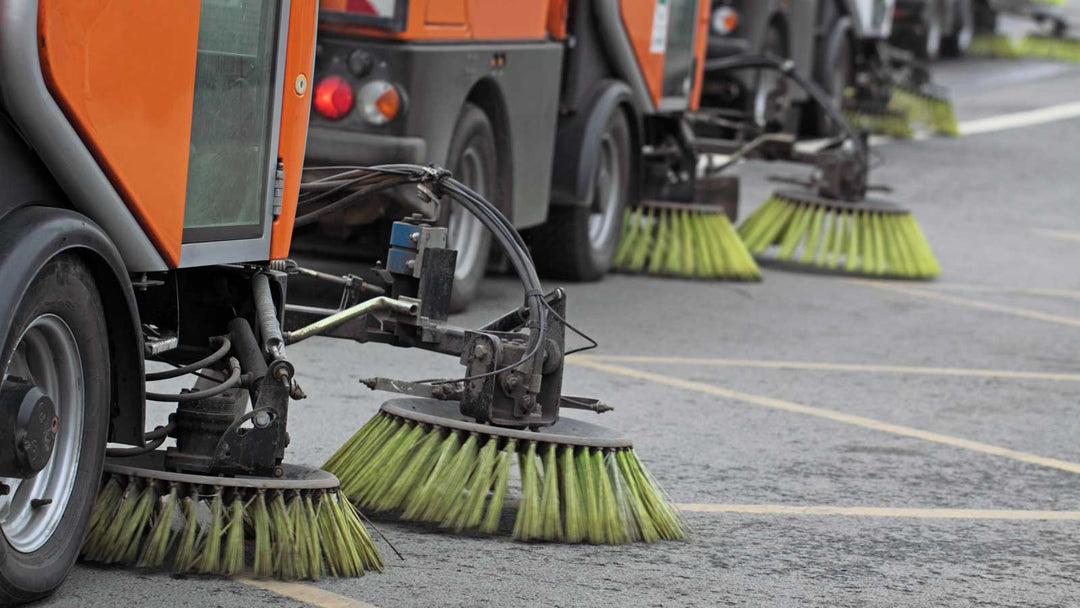DIY Wheel Truing: Tools, Techniques, and When to Seek Help
DIY Wheel Truing: Tools, Techniques, and When to Seek Help
Introduction
Wheel truing is an essential skill for any cycling enthusiast. It ensures your ride is smooth and your wheels are durable. This post will guide you through the tools you need, the techniques to apply, and when it's best to seek professional help.
Tools Required for Wheel Truing
Before you begin truing your wheel, you'll need to gather the right tools. Here’s what you should have:
- Truing Stand: This is crucial for holding the wheel and spotting imbalances.
- Spoke Wrench: Essential for adjusting the tension of the spokes.
- Spoke Tension Meter (optional): Helps in measuring the tension of each spoke.
- Ruler or Caliper: For measuring spoke length and checking lateral true.
- Dishing Tool (optional): Assists in centering the wheel.
Techniques for Truing a Wheel
Lateral Truing (Side-to-Side Adjustments)
1. Place your wheel in the truing stand and spin it.
2. Identify areas where the rim moves closer to one side.
3. Tighten spokes on the opposite side of the deviation to pull the rim back to center.
4. Alternate adjustments on both sides to gradually bring the rim into alignment.
Radial Truing (Roundness Adjustments)
1. Check for high and low spots as the wheel spins.
2. Tighten spokes at the low spots to raise the rim.
3. Conversely, loosen spokes at high spots to lower the rim.
4. Ensure even tension while maintaining roundness.
Checking Spoke Tension
- Use a spoke tension meter to compare the tension of all spokes.
- Adjust as necessary to ensure all spokes have similar tension, which contributes to a stronger, more durable wheel.
Common Mistakes to Avoid
- Over-tightening Spokes: Can lead to rim damage or spoke breakage.
- Ignoring Spoke Tension: Uneven tension can cause the wheel to go out of true faster.
- Rushing the Process: Take your time for precision and effectiveness.
When to Seek Professional Help
While DIY wheel truing can be fulfilling, some situations require a professional touch:
- Severe Wheel Damage: If your wheel is significantly bent or damaged, it might need professional reshaping or replacement.
- Repeated Issues: Constantly truing the same wheel can indicate underlying issues that a professional might better diagnose.
- High-Performance Needs: For competitive cycling, even minor imperfections can affect performance, necessitating expert attention.
Conclusion
Wheel truing is a valuable skill that enhances the longevity and performance of your bike. With the right tools and techniques, most cyclists can maintain their wheels effectively. However, don't hesitate to seek professional help when needed to ensure the best performance and safety.
> "A well-trued wheel rolls better and lasts longer."
Take the time to learn this skill; your bike will thank you!
---
Call-to-Action: Interested in more DIY bike maintenance tips? Read more here and become your bike's best mechanic!
